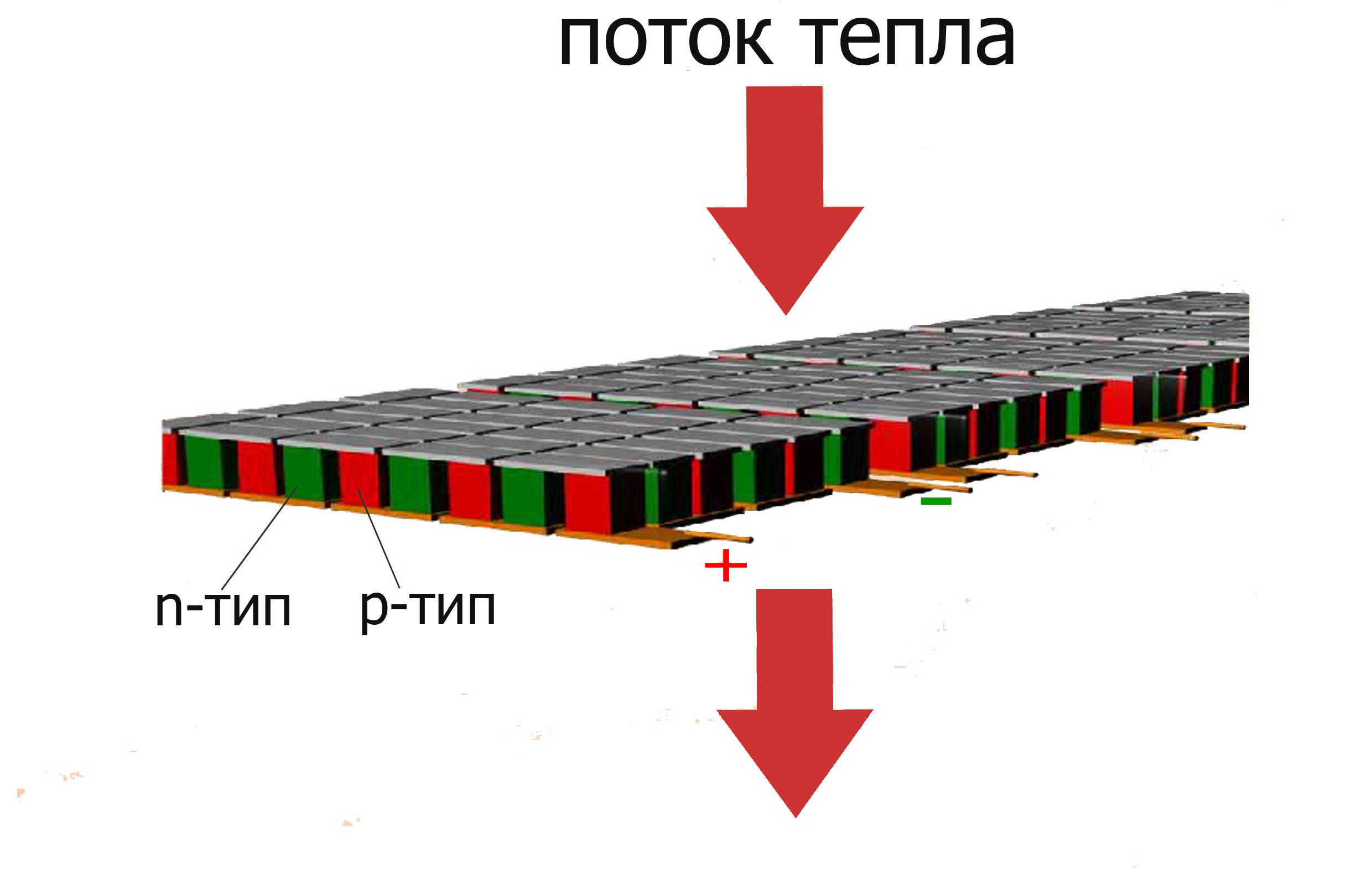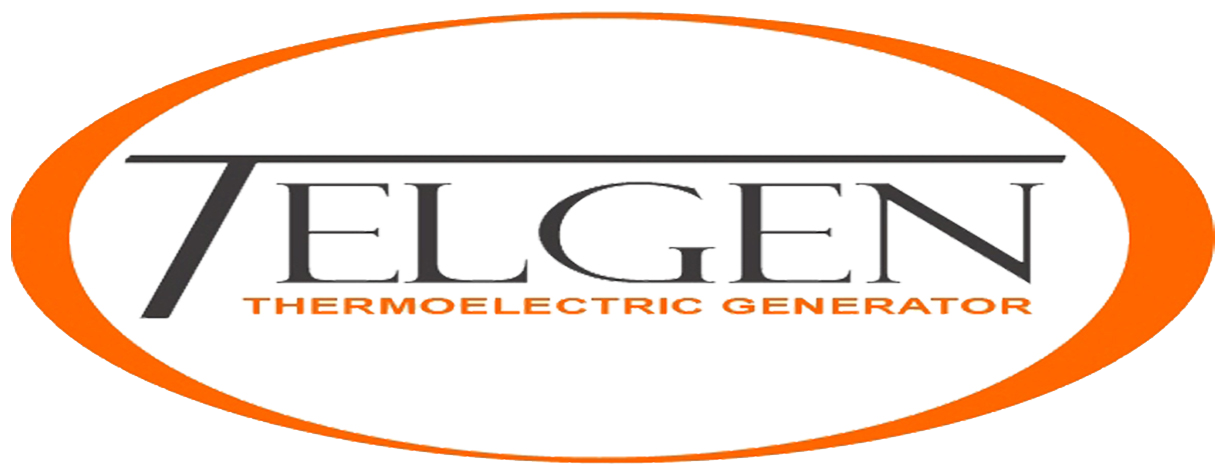Thermoelectricity is phenomena of direct heat conversion into electricity in solid and liquid conducting materials and inverse effect of direct heating and cooling of junctions of conducting materials with let-through current. The term ‘thermoelectricity��™ comprises three interrelated effects: Seebek thermoelectric effect and Pelletier and Thomson electrochemical effects.� All of them are characterized with corresponding coefficients which are different for different materials. These coefficients are connected with each other by so-called Kelvin relations. They are determined by characteristics of junctions and by properties of materials. Other phenomena, in which heat energy and electricity participate, like thermionic emission and heating effect of current, described by Joule-Lenz’s law, differ essentially from thermoelectric and electrochemical effects and they are not discussed here.
In such a way, these effects allow us having one type of energy (heat or electric) to get another, necessary to solve different problems.

Seebek thermoelectric effect.
In 1820 there was a statement from H.C. Ersted that a magnetic needle deviates nearby an electric conductor. In 1821 Seebek mentioned that a needle deviates as well when two junctions of complete electrical circuit composed from two conducting materials are supported in the course of different temperatures. At first Seebek thought it was purely a magnetic effect. But later it was clear that difference between temperatures causes occurrence of current electricity in circuit. An important feature of thermoelectric properties of materials which compose a circuit is voltage on the ends of open circuit (i. e. when one of junctions is electrically disconnected) because in a complete circuit current and voltage depend on resistivity of electric conductors. This voltage of open circuit which depends on temperatures of junctions is called ‘thermoelectric electromoving force��™ (thermo E.M.F.). Seebek laid the basis for further works in the area of thermoelectricity when he measured thermo E.M.F. of broad spectrum of solid and liquid metals, alloys, minerals, and even some of materials which are called semi-conductors nowadays.
.
Pelletier thermoelectric effect.
In 1834 a French watchmaker J. Pelletier noticed that in the course of current passage through a junction of two different conductors the temperature of a junction changes. As well as Seebek, Pelletier didn��™t find there any electrochemical effect at first. But in 1838 H.E. Lenz, a member of Petersburg Academy of Sciences, showed the following:� in the course of quite a strong current intensity it is possible either to freeze up or to bring to the boil a drop of water with changing direction of current. In one direction of current a junction warms up, in opposite direction it cools down. This is Pelletier effect, inverted to Seebek effect.

